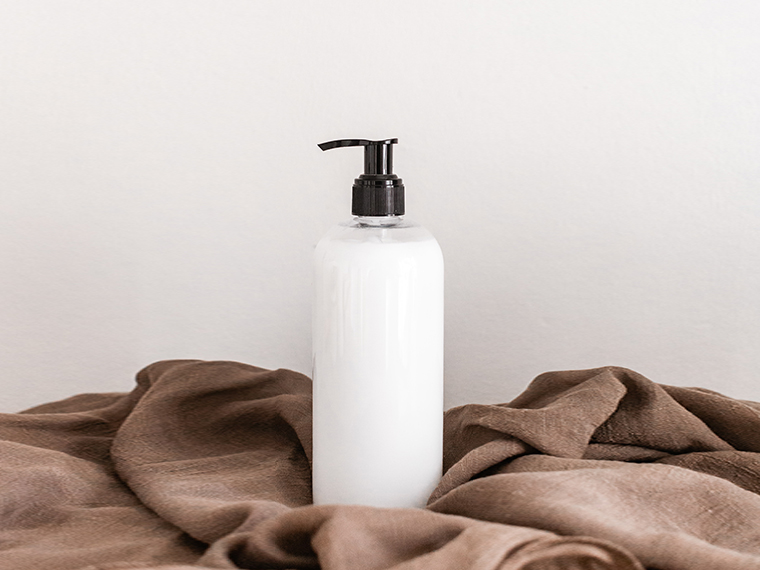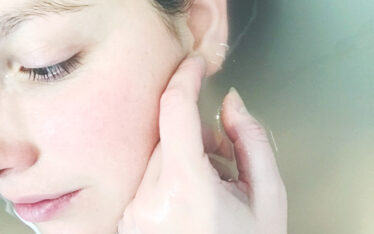The pursuit of soft, radiant, and well-hydrated skin is a goal shared by many. We invest in various skincare products, including moisturizers, hoping they will work wonders and keep our skin supple and youthful. However, there are times when our moisturizer fails to live up to our expectations, leaving us baffled and wondering why. In this blog, we will explore some common reasons why your moisturizer might not be working as effectively as you’d hoped and how to address these issues to achieve that coveted hydrated skin.
Inadequate Hydration Ingredients
One of the primary reasons your moisturizer might not be working is that it lacks the right hydration ingredients. An effective moisturizer should contain a balance of humectants, emollients, and occlusives. Humectants like hyaluronic acid and glycerin attract water to the skin, while emollients such as shea butter and oils lock in moisture and soften the skin. Occlusives like petrolatum and lanolin create a barrier to prevent moisture loss. If your moisturizer is missing these crucial elements, it may not provide the level of hydration your skin needs.
Solution:Check the ingredient list of your moisturizer and look for products that include a mix of humectants, emollients, and occlusives to maximize hydration benefits.
Incorrect Application Technique
Believe it or not, the way you apply your moisturizer can significantly impact its effectiveness. Simply slathering it on without considering your skin’s specific needs might not yield optimal results. If your skin is damp when applying the moisturizer, it can enhance absorption and hydration. Additionally, gentle circular motions during application can improve blood circulation and enhance product absorption.
Solution:Take your time when applying your moisturizer. Ensure your skin is clean and slightly damp before application, and use gentle circular motions to massage the product into your skin.
Overlooking Exfoliation
Often, the accumulation of dead skin cells on the surface of your skin can hinder your moisturizer from penetrating and doing its job. Exfoliation is essential to remove these dead cells, allowing your moisturizer to work more effectively. Skipping this step might leave your skin with a rough texture and a less responsive surface.
Solution: Incorporate a gentle exfoliator into your skincare routine, like a mild chemical exfoliant or a soft scrub, to slough off dead skin cells and promote better moisturizer absorption.
Ignoring Your Skin Type
Every individual has a unique skin type, be it oily, dry, combination, or sensitive. Using the wrong type of moisturizer for your skin can be counterproductive. For instance, if you have oily skin and use a heavy, oil-based moisturizer, it might clog your pores and lead to breakouts.
Solution: Identify your skin type and choose a moisturizer formulated to address its specific needs. For oily skin, opt for lightweight, oil-free moisturizers, while those with dry skin might benefit from richer, more nourishing formulations.
External Factors
Sometimes, your moisturizer may be working just fine, but external factors could be sabotaging your efforts to maintain hydrated skin. Harsh weather conditions, excessive exposure to sun and wind, air conditioning, and indoor heating can all deplete your skin’s moisture levels.
Solution: Be mindful of environmental factors and adjust your skincare routine accordingly. In extreme conditions, consider using a thicker, more protective moisturizer or layering your regular moisturizer with a hydrating serum.
The quest for the perfect moisturizer is a journey that requires patience and understanding. By recognizing the reasons your moisturizer might not be working and making the necessary adjustments, you can achieve healthier, well-hydrated skin. Remember, everyone’s skin is unique, so finding the right moisturizer tailored to your needs will be key in your pursuit of a radiant complexion. With proper skincare practices and the right products, you’ll be well on your way to achieving that enviable, hydrated glow.





